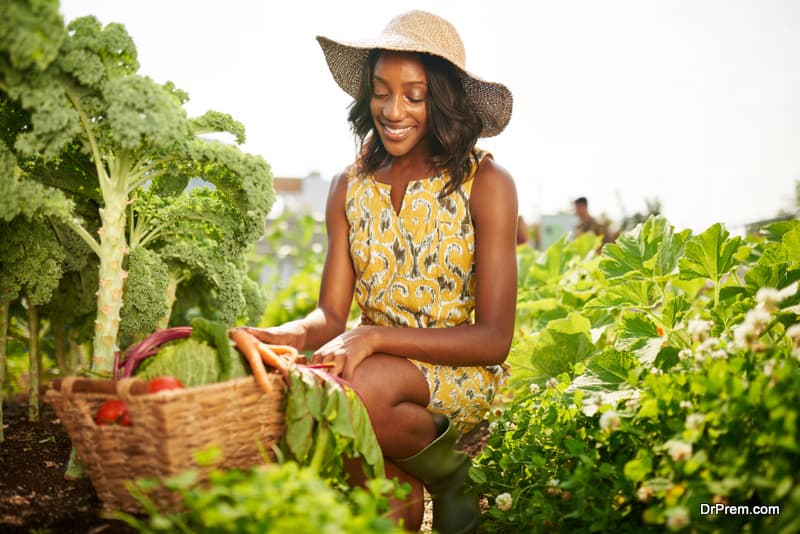Survival gardens are being grown to provide home grown vegetable to the family, in case of any unforeseen events such as natural calamities or economic collapse which might disrupt infrastructure. There may be instances when you may have to provide for your family and yourself in emergencies. Starting a survival garden is not tough at all – you can do that in your backyard, or lease some land or even buy some land to grow your own food. Take a look at this guide to grow your own survival garden.
How to grow your survival garden
Ensure that the soil is right
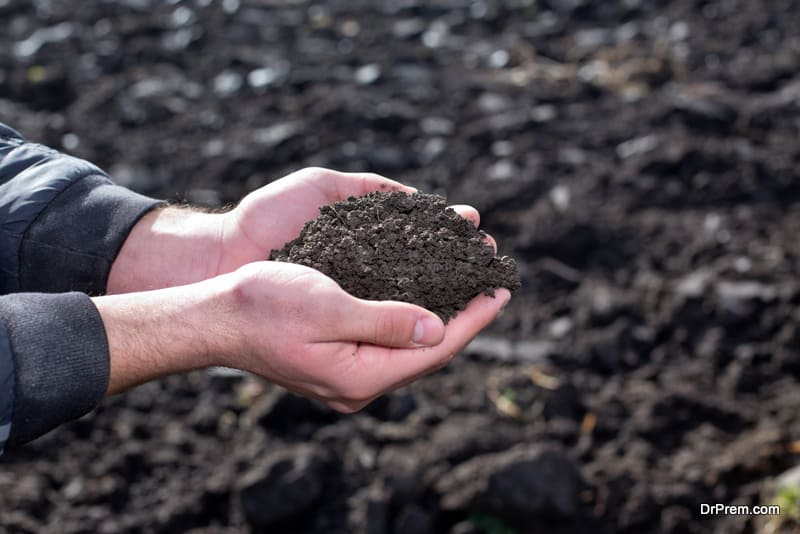 One of the gardening basics is to test the soil before suiting. There are soil testing kits available which can tell you whether the soil is too acidic, too alkaline or just right. Once you know the soil type, it will be easier to grow vegetables with the right amount of organic fertilizer and nutrients. Notice the vegetation already growing on the piece of land – even if they are wild, they should look healthy. Your survival garden has to start right, and soil is one of the most important factors.
One of the gardening basics is to test the soil before suiting. There are soil testing kits available which can tell you whether the soil is too acidic, too alkaline or just right. Once you know the soil type, it will be easier to grow vegetables with the right amount of organic fertilizer and nutrients. Notice the vegetation already growing on the piece of land – even if they are wild, they should look healthy. Your survival garden has to start right, and soil is one of the most important factors.
Grow where you can keep an eye on it
Your survival garden has to be on a plot of land which is near your home. It’s a lovely thing to look out the window and see your veggies thriving. It’s also quite handy to plant your survival garden from where you can access your garden easily. When you tend it everyday, you will also be able to spot any pest problems and other plant diseases and take the necessary measures. The basic idea behind a survival garden is to reach it when the infrastructure is down, so even if your plant it on leased land, the plot should be near your home.
Use the right kind of seeds
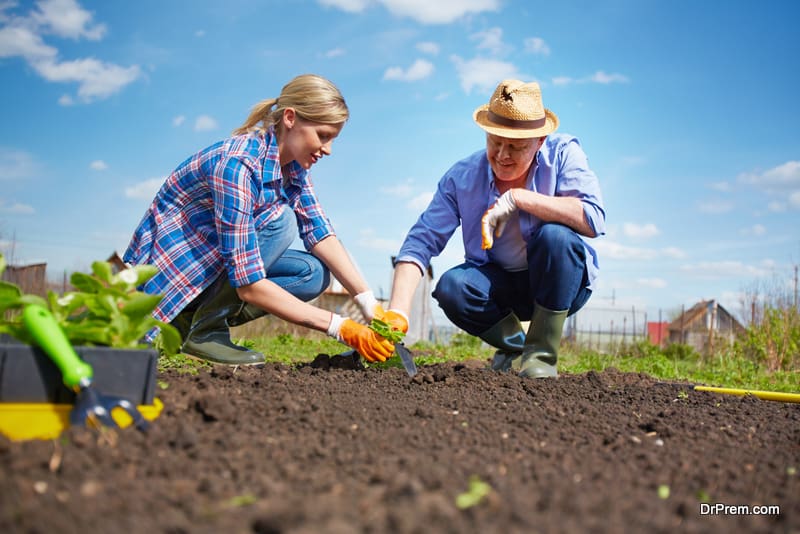 After preparing the soil, you have to select the right seeds. GMO seeds should not be used as they can be used only once. You would also have to buy specific chemical pesticides and fertilizers for these seeds. When you’re growing your own garden, why not grow in an organic way, using seeds which can saved and used again and again.
After preparing the soil, you have to select the right seeds. GMO seeds should not be used as they can be used only once. You would also have to buy specific chemical pesticides and fertilizers for these seeds. When you’re growing your own garden, why not grow in an organic way, using seeds which can saved and used again and again.
Do not buy F1 hybrid seeds as these seeds are infertile and cannot be used again.
Go for heirloom seeds, as these seeds have been around for ages and have not been altered in labs or engineered. After your food is grown using heirloom seeds, you should save the seeds from the strongest and best plants and regrow them next year. Unless you have a huge plot of land, it is best to grow just one variety of plant at one time, or else they might be cross-pollinated and you may get hybrid seeds, and the plants will be slightly different next year.
Store the seeds in sealed, foil packets. The packaged seeds should not be tampered with. Seeds last for years in air-sealed and waterproof packets.
Pollination
If you are growing a survival garden in your patio or in containers in the balcony, you might have a problem in pollination, as these areas may not get enough of natural pollinators like bees. In this case, you might have to hand-pollinate. This will increase the yield of your plants.
Peppers and tomatoes self-pollinate, but for plants like cucumbers, melons, pumpkins, squash etc have different female and male flowers. The male flowers stamens are laden with pollen and the female flower usually has a tiny bud at the base. With a small paintbrush, you should brush the inside of self-pollinating flowers and into the flower’s pistils (middle).
For other plants, take some pollen and brush on the pistils of the female flowers. This will ensure a good crop, no matter where your garden is located. Pollination is one of the gardening basics, and you should research more into it.
Best plants for your garden
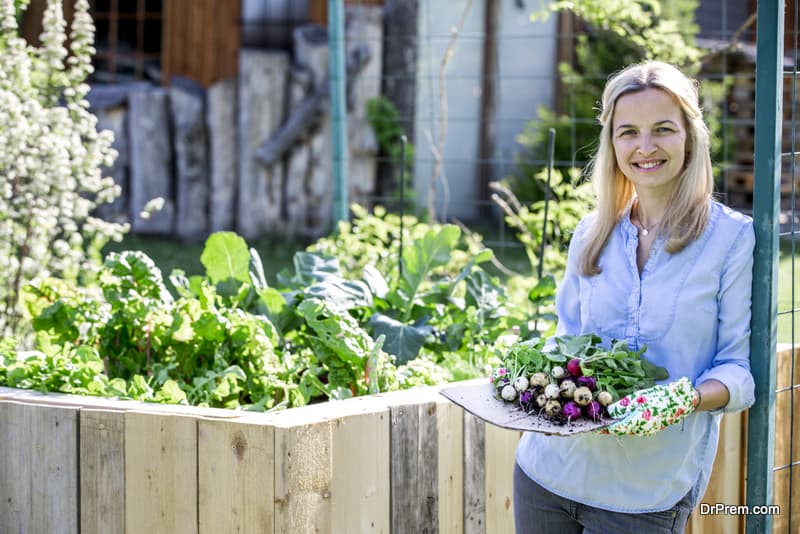 Hardy, strong plants should be part of your survival garden. Choose plants which don’t need much water or nutrients. If you get good rainfall during the growing season then you may not need to plan for irrigation. Corn, cassava, winter squash and pigeon peas can be grown with the help of rain. Just make sure that the rows are widely spaced.
Hardy, strong plants should be part of your survival garden. Choose plants which don’t need much water or nutrients. If you get good rainfall during the growing season then you may not need to plan for irrigation. Corn, cassava, winter squash and pigeon peas can be grown with the help of rain. Just make sure that the rows are widely spaced.
As it’s not a hobby garden, the foods to grow are high calorie vegetables which can survive a drought too. Grow the staple crops of your region, as it means these will grow easily in your climate.
Plants suited for a greenhouse/summer:
Tomatoes, corn, cucumbers, zucchini, bell and banana peppers, cantaloupe, watermelon and so on.
Plants for winter:
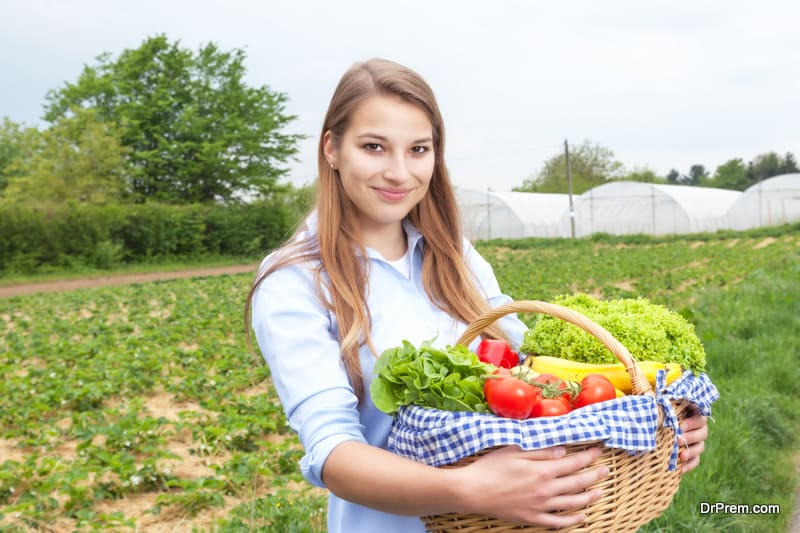 Sweet potatoes, potatoes, beans, turnips, parsnips, rutabaga, carrots, kale, cabbage, pumpkins, squash are the foods to grow for winter.
Sweet potatoes, potatoes, beans, turnips, parsnips, rutabaga, carrots, kale, cabbage, pumpkins, squash are the foods to grow for winter.
How much food should you grow?
The amount of food you should grow depends on the number of people in your family, the kind of food you like to eat. You should try to grow a balanced diet, enough carbohydrates, proteins and fats. There should be enough for about 3-4 meals in a day, with snacks thrown in. Survival gardens should ideally produce enough food for one season at least. Nurture your garden/greenhouse throughout the year so that you can freeze some food, and have fresh food when you want.
Drying and canning your produce
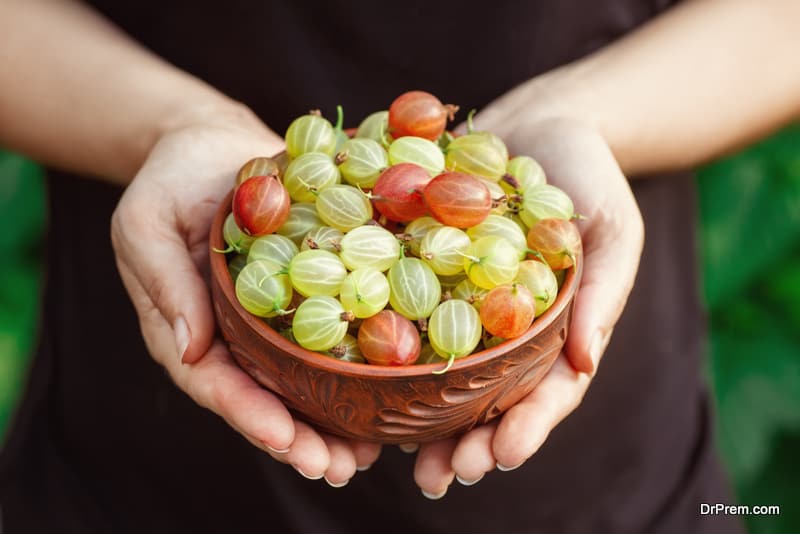 Canning and drying will help to store the excess produce. This is a skill that every survival gardener must have. You basically will need vinegar and the knowledge of different types of brines.
Canning and drying will help to store the excess produce. This is a skill that every survival gardener must have. You basically will need vinegar and the knowledge of different types of brines.
You can make drying racks with mesh, nails and racks or PVC pipe. Cilantro, dill and herbs can be dried for use later. Can the tomatoes or make sauces to add taste to your dishes.
Compost
Make a compost pit out of your kitchen food waste and the leaves from your garden. You will not have to buy fertilizer later.
While planning your garden, you have to plan for plants which can survive a drought, do not need much water or fertilizer and can supply all the different kinds of nutrition that you and your family need.


